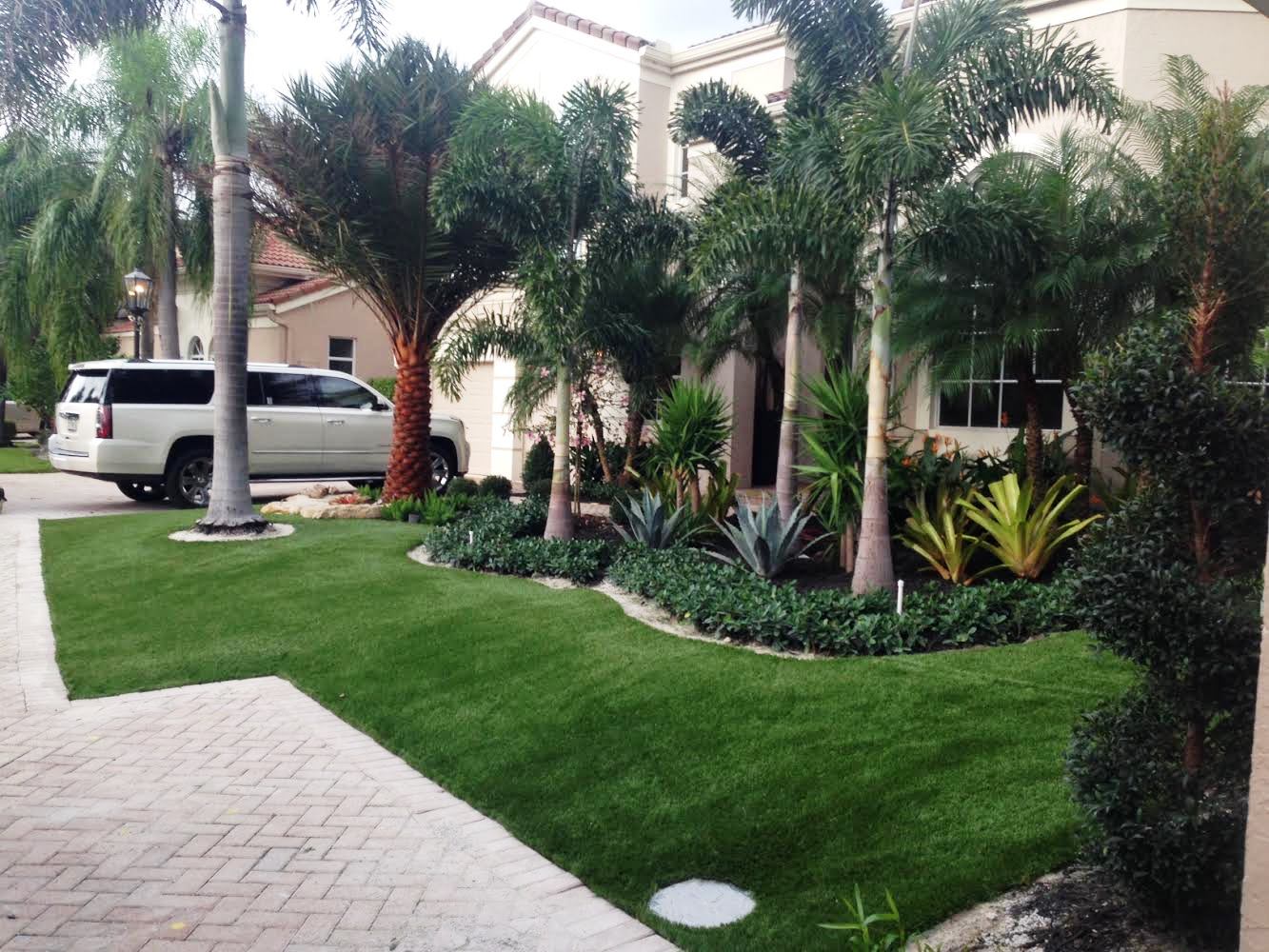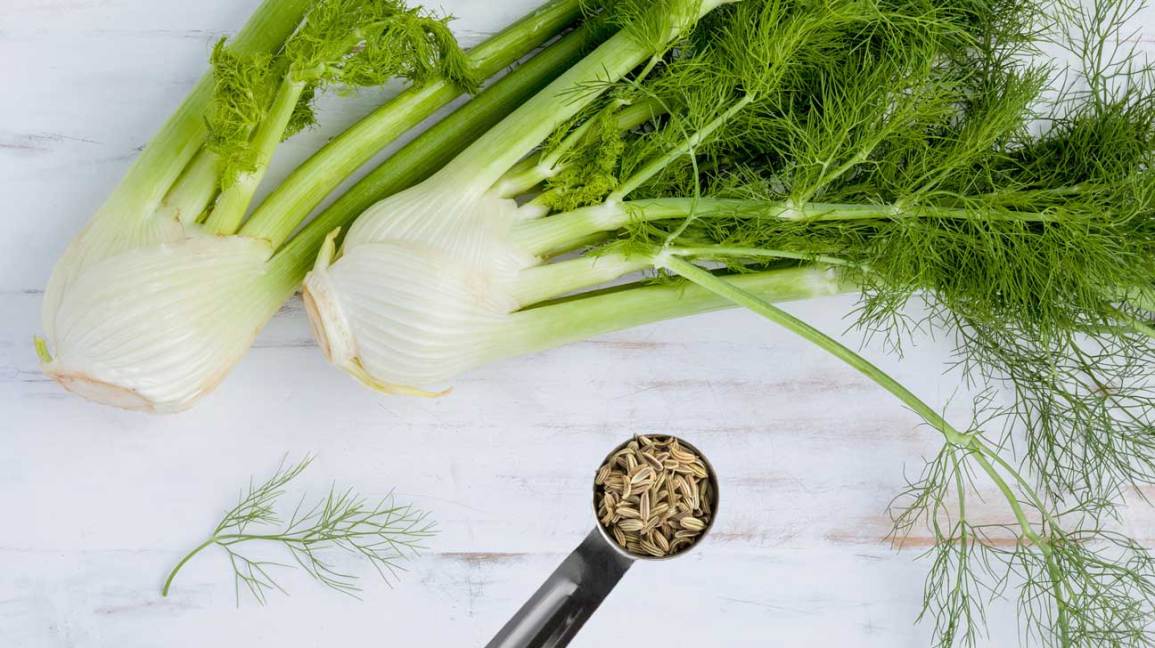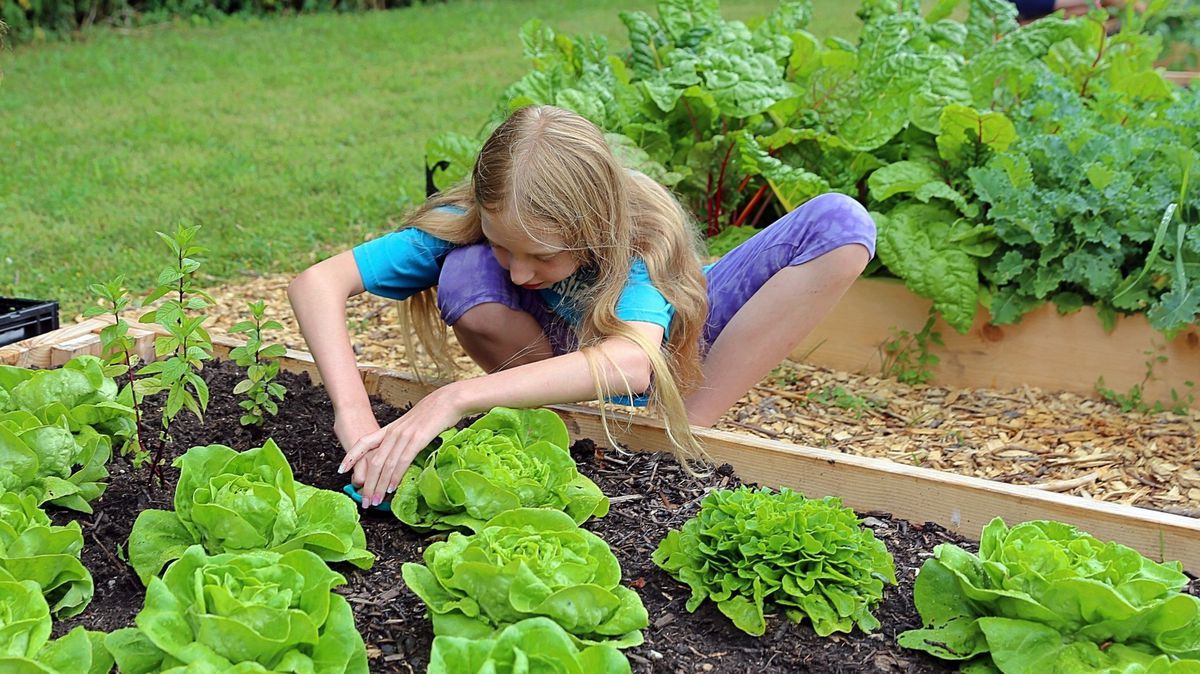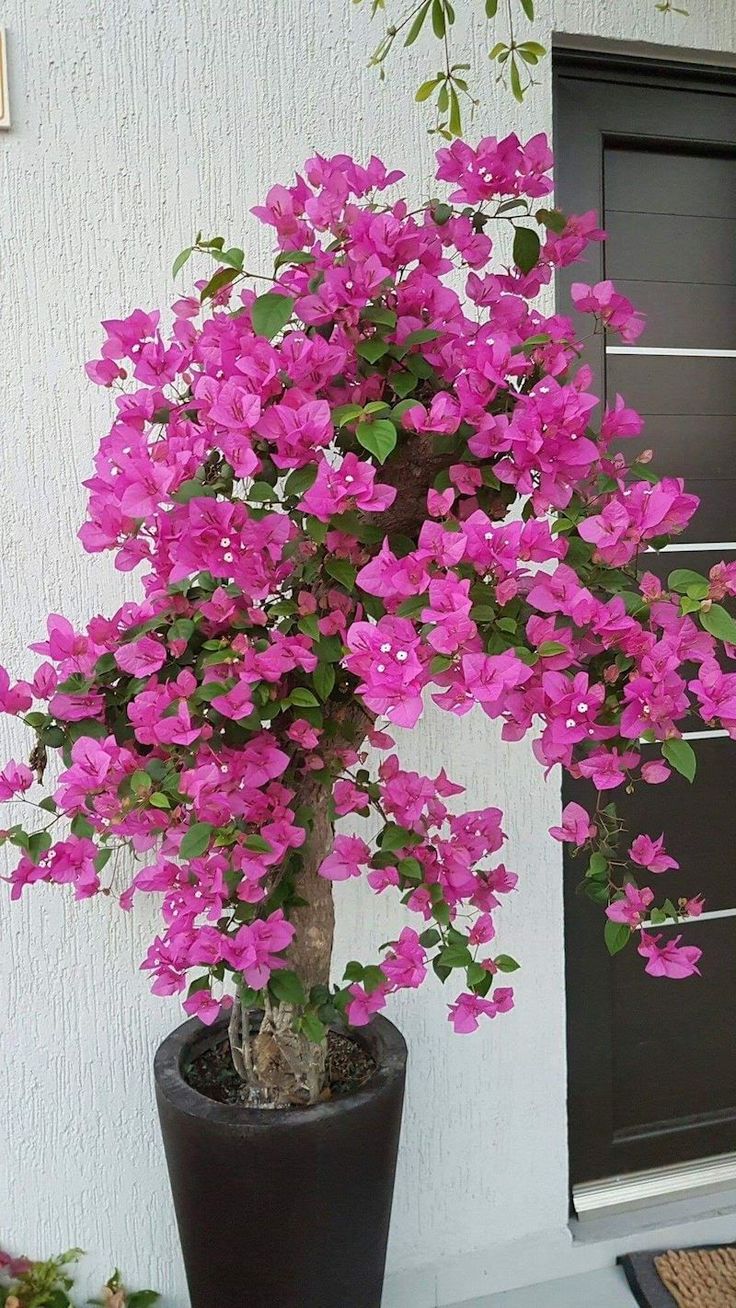5 Important Steps to Laying an Artificial Turf
Contents
– Before laying…
– Step 1: Prepare the surface
– Step 2: Prepare the turf
– Step 3: Cut the turf
– Step 4: Lay the strips
– Step 5: Fix the turf
Synthetic turf is a product that has evolved considerably in recent years, with a wide range of quality and numerous characteristics:
– resistance to trampling, UV, moisture, tearing, chlorine, etc. ;
– the neat appearance of a natural lawn;
– height, thickness, the density of the stem ;
– quality of the carpet (fiberglass and latex);
– water drainage through drainage holes;
– available in widths of 1, 2, or 4 m.
Artificial grass now covers terraces, balconies, or even house entrances. It is also chosen to cover an area of the garden that is too sheltered or under cover of a pine tree. It is not difficult to lay artificial grass; it just requires a little method.
Here are the steps to follow for artificial turf installation.
Before laying…
Before you start buying your artificial turf, you must :
– take the exact measurements of the surface you wish to cover;
– choose the width most suited to the geometry of your premises;
– calculate the number of rolls required accordingly.
1. Prepare the substrate
The surface, whether hard or soft, must be flat, stable, and free of irregularities. If the installation is done outside, it should have a slope of at least 1 cm/m to drain rainwater properly.
On a hard surface: terrace floor, tiles, cement, etc.
Sweep the surface, remove all objects and debris, stones, plants, etc.
For outdoor installation: check that the slope is sufficient to drain rainwater; 1 cm/m minimum is necessary.
On a soft surface: earth, old grass, etc.
– Smooth out the ground as much as possible: you can tamp it down with your feet, for example.
– Fill in any irregularities with sand. Please do not fill the ground with soil. Sand is preferable, as it will facilitate the drainage of the soil and the evacuation of water.
– Use the metal ruler to check the flatness by sliding it over the ground.
– Remove any stones at the same time.
A geotextile should be laid under the lawn to isolate it from the soil and to prevent grass from growing back through the lawn:
– Mark the dimensions of the area to be covered on the geotextile film.
– Cut the geotextile with scissors.
– Put it in place and secure it with nails or double-sided tape, depending on the type of surface, simply so that it does not move while the grass is being laid.
2. Prepare the turf
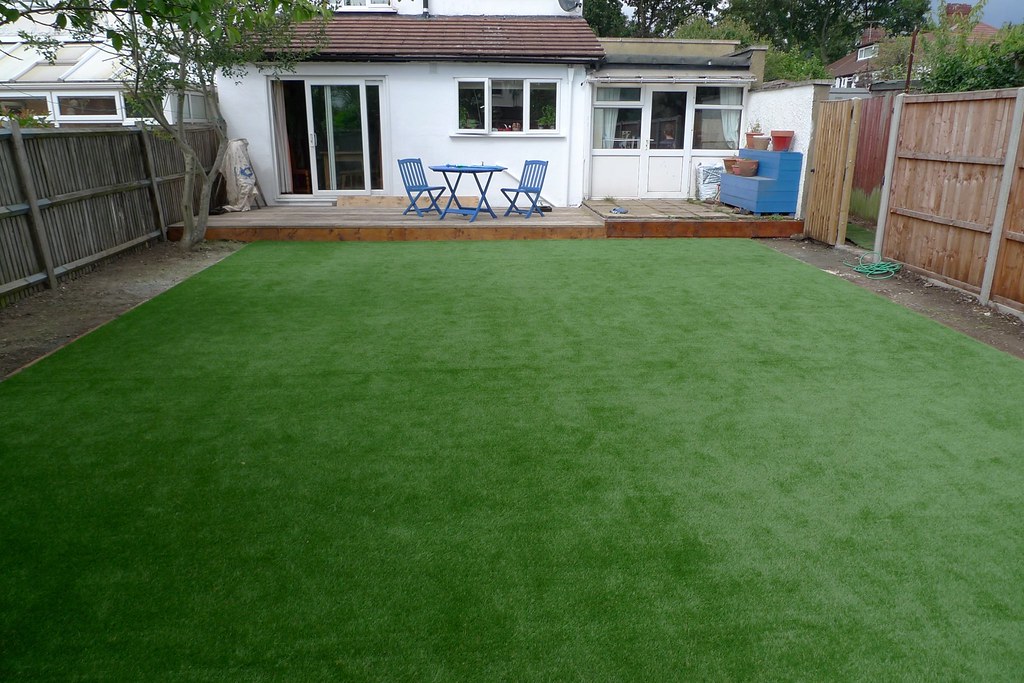
Artificial grass is delivered rolled up; the strands have often been crushed.
– Unroll the artificial grass on the ground.
– Straighten the blades by brushing them with a stiff brush or a broom.
3. Cut the grass
Proceed on the sole side, and cutting will be easier;
– Transfer the measurements to the carpet.
– Cut the lawn with a cutter and a metal ruler if the dimensions are geometric.
– Use templates if the shapes are more complicated: pool surrounds, rounded steps, etc.
If you have several strips to cut:
– Cut the different strips with a cutter, respecting the direction of the strands.
– Joining strips inserted between the substrate and the grass allows you to make the connections between the two strips.
4. Lay the strips
– Layout the cut strips on the floor.
– Make sure that the joints are perfect and that there are no gaps.
– To do this, spread and lift the strands completely before folding the grass base; the joint must be invisible.
– If necessary, use a cutter to cut out the edges.
Glue the grass strips to the ground and to each other:
– Raise the edges of the 2 strips to a width of 40 cm.
– Unroll the joining strip on the floor and cut it to the correct length with a cutter.
– Apply the adhesive over the entire surface with a notched trowel.
– Then, fold the 2 strips together, taking care to raise the strands by brushing them in the direction of the fibers.
5. Fix the lawn
To ensure that it remains in place, it is necessary to fix the synthetic turf to the edges. Depending on the surface, fixing is done using :
– double-sided adhesive tape for hard floors: to be fixed all around the turf.
– Nails or staples for synthetic turf for soft floors: space them about 15 cm apart.
Equipment needed to lay the artificial turf.
|
Broom |
Already owned |
|
Sand |
About $6 / kg |
|
Aluminium ruler 2 m |
Approx. $15 |
|
Geotextile felt |
About $20 / 25 m |
|
Tape measure |
From $4 |
|
Pair of scissors |
From $3 |
|
Flathead nails |
$5 for 150 g |
|
Double-sided adhesive tape |
$4 per 25 m roll |
|
Grass brush |
Approx. $5 |
|
Cutter |
$3 approx. |
|
Joining strips |
$15 / 20 m |
|
Glue |
Approx. $20 per 8 kg |
|
Spatula notched |
Approx. $3 |
|
Grass staples |
Approx. $30 per 100 |
For professional artificial turf installation, you can contact CHURCH STREET GARDEN SERVICES in Melbourne. They will get the job done for you, be it both for residential and commercial clients looking to brighten their outdoor spaces.
